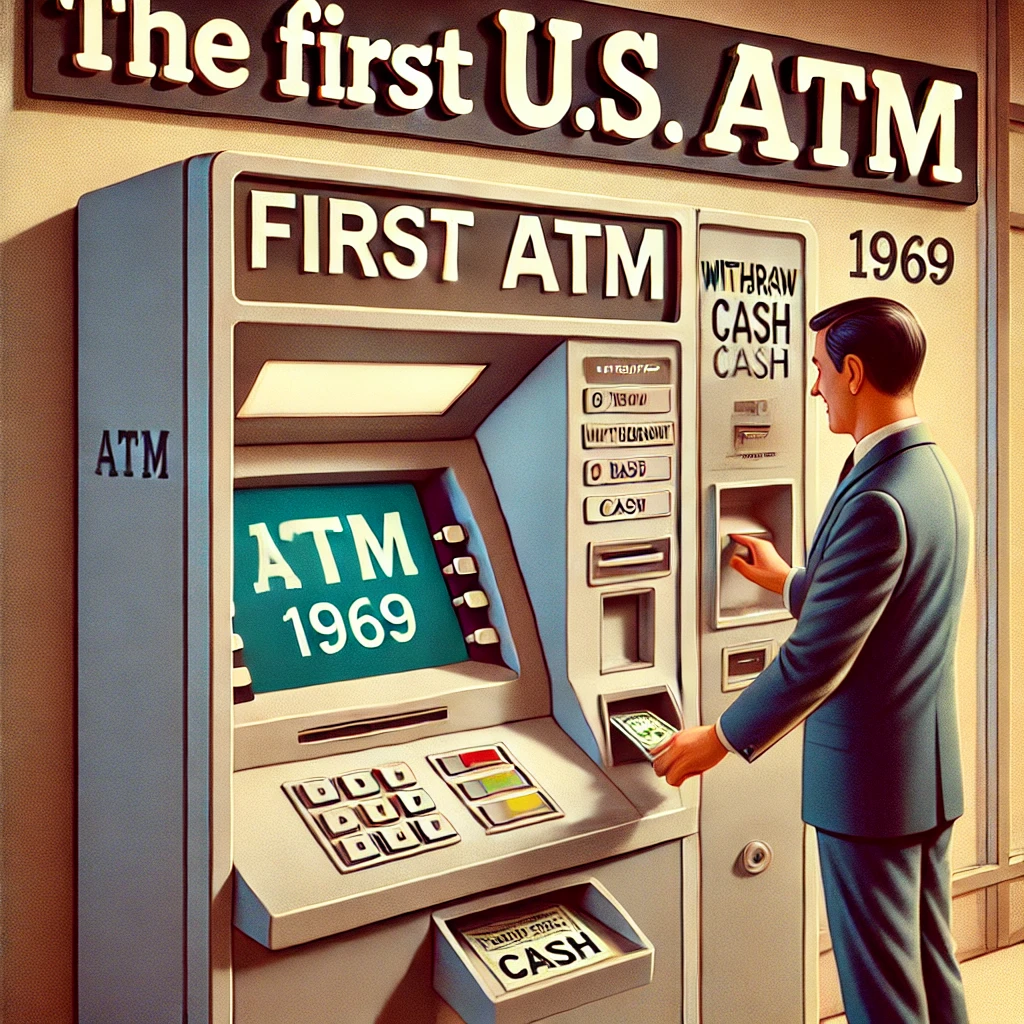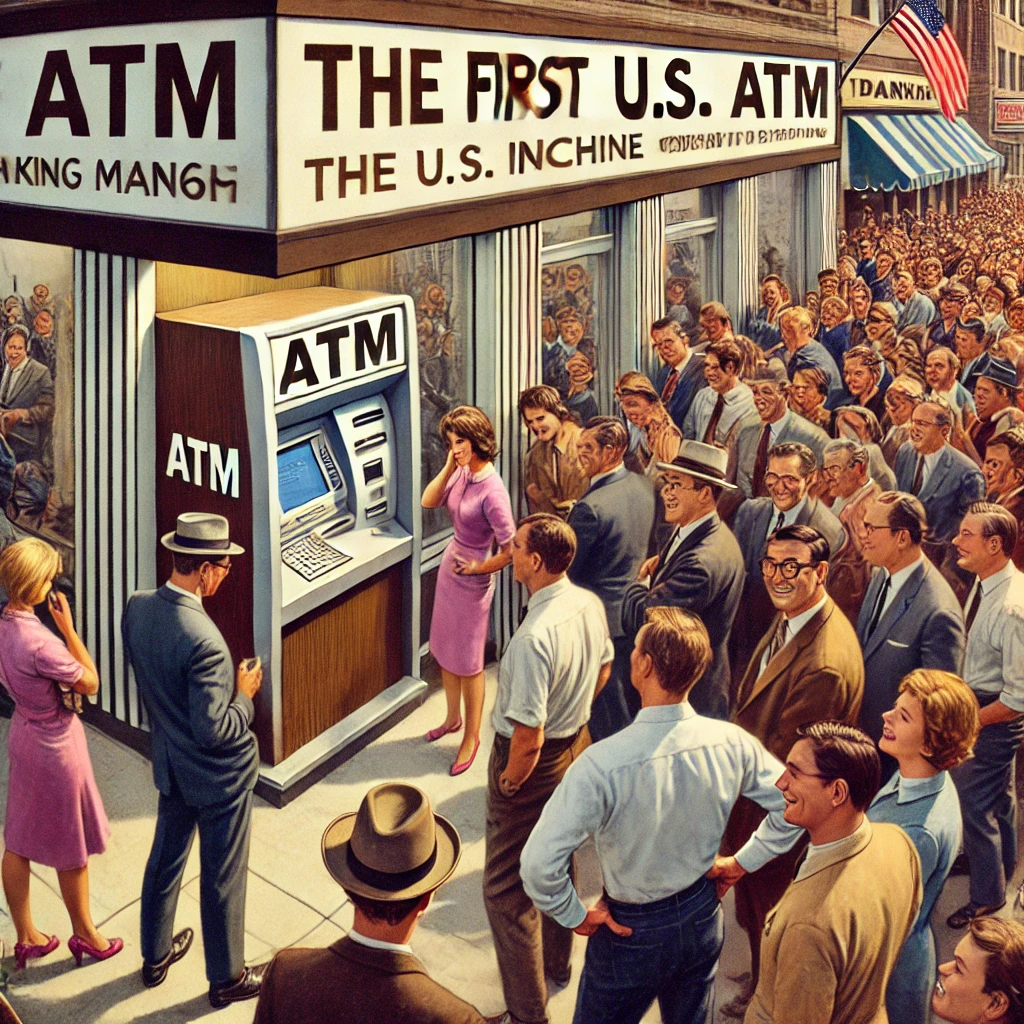On September 2, 1969, the first automated teller machine (ATM) in the United States was put into operation at a branch of Chemical Bank in Rockville Centre, New York. This groundbreaking innovation marked the beginning of a new era in banking, transforming the way people access their finances and conduct transactions. The introduction of the ATM revolutionized the financial industry, offering convenience and 24/7 access to banking services.

The Birth of the ATM
The concept of the ATM was developed by John Shepherd-Barron, a British inventor, who envisioned a machine that could dispense cash to bank customers at any time of day. Shepherd-Barron’s idea led to the creation of the first ATM in London in 1967. Building on this innovation, the United States saw its first ATM in 1969, thanks to the collaboration between Chemical Bank and IBM. The machine used paper vouchers and a magnetic stripe card to allow customers to withdraw cash.
The initial ATM at Chemical Bank was a significant technological advancement. It was designed to offer a simple and efficient way for customers to access their funds without needing to visit a bank teller. This early machine could only handle basic cash withdrawals and was limited in its functionality compared to today’s ATMs. However, it set the stage for the widespread adoption of automated banking technology.

The Impact and Evolution of ATMs
The introduction of ATMs had a profound impact on the banking industry. Before the advent of ATMs, banking transactions were limited to regular banking hours, and customers had to physically visit their bank branches for cash withdrawals and other services. ATMs offered a level of convenience that was previously unavailable, allowing customers to access their money at any time and from various locations.
The success of the first ATM led to rapid expansion and technological advancements. In the years following its introduction, ATMs became more sophisticated, offering a wide range of services beyond cash withdrawals, such as account transfers, bill payments, and balance inquiries. The development of secure technologies, such as personal identification numbers (PINs) and encryption, further enhanced the security and reliability of ATMs.

Today, ATMs are a ubiquitous part of the banking landscape, with millions of machines in operation worldwide. They have become an essential tool for managing finances and conducting transactions, offering unparalleled convenience to customers. The evolution of ATMs has continued with advancements such as touchscreen interfaces, mobile integration, and multi-currency dispensing.
The legacy of the first U.S. ATM highlights the importance of technological innovation in shaping the modern banking experience. It represents a significant milestone in the ongoing evolution of financial services and customer convenience. The introduction of ATMs marked the beginning of a new era in banking, demonstrating how technology can transform industries and enhance the way people interact with their financial institutions.
The continued development and adaptation of ATM technology underscore its enduring relevance in today’s digital age. As banking technology advances, ATMs remain a testament to the impact of innovation on everyday life, offering a glimpse into the future of financial services and customer interaction.
